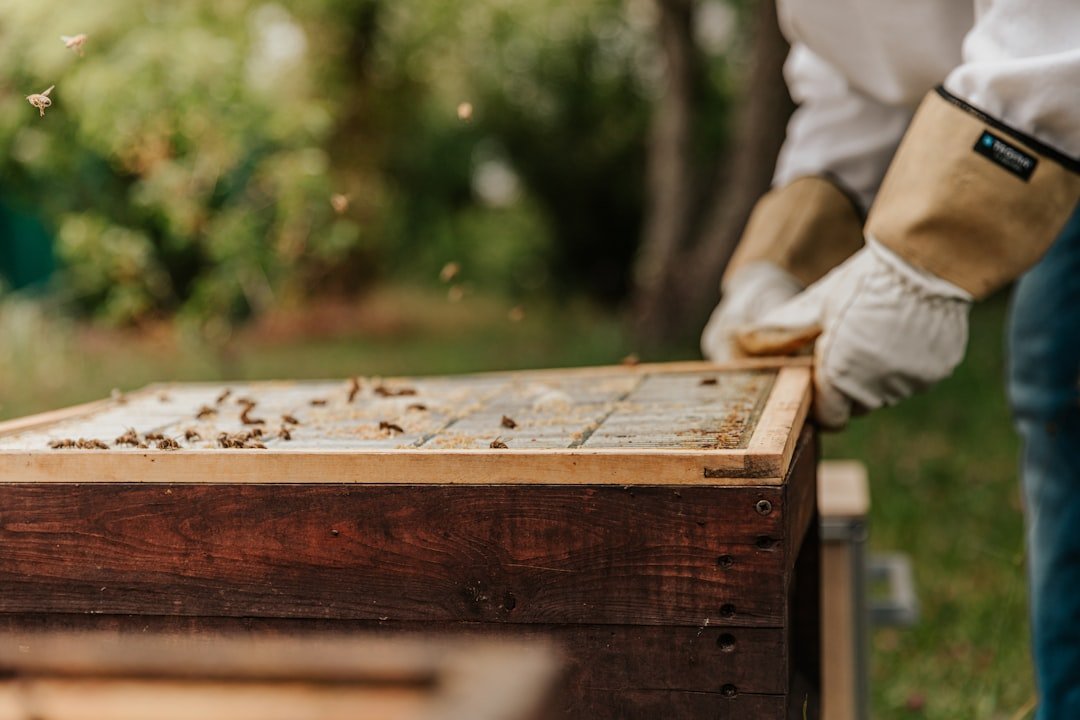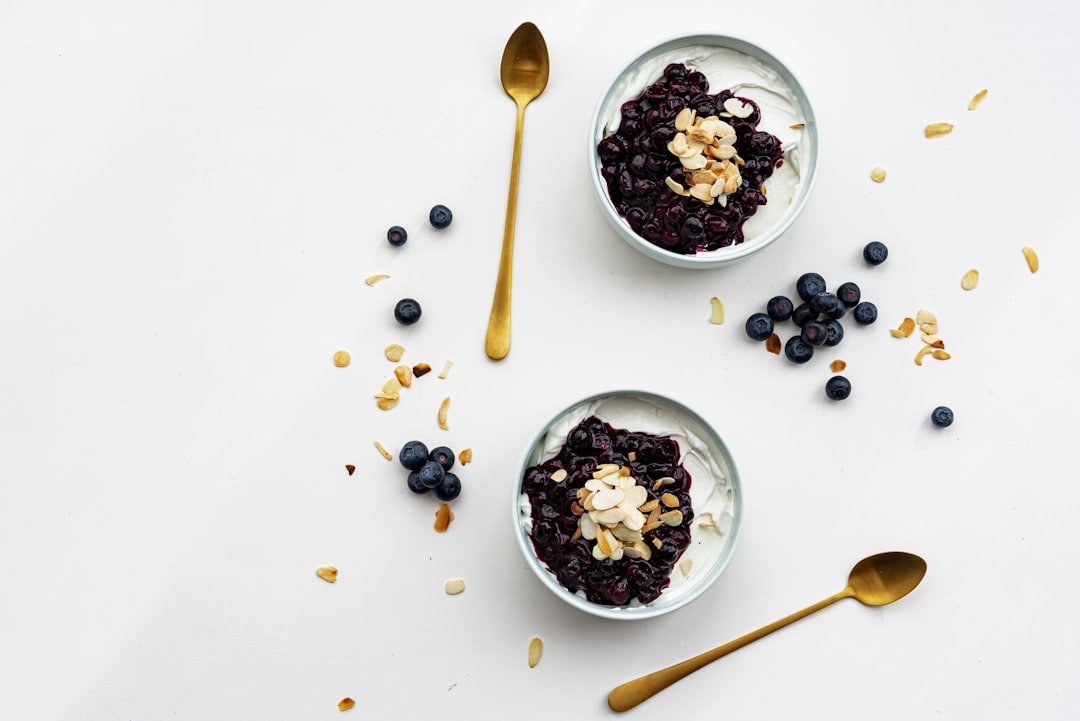Why Are Food Additives So Controversial?
Ingredients today are confusing. Some foods organically contain substances, while others have those substances added to them. There's sugar found in fruit, and then processed sugar packaged in a box. There's naturally occurring iron, and then cereals and milk fortified with the substance. It's a lot to keep up with and dizzying to understand.
That's why we break it down. At PrimaFoodie, we pay close attention to additive ingredients in foods: substances combined with foods—mainly processed foods—to increase shelf-life, reduce bacterial growth, and modify taste and feel. Generally, food additives are not eaten on their own. Still, the FDA considers them safe to consume and allows them to be incorporated into foods. This is why we see additives in countless foods.
This last fact begs the question: The FDA may deem food additives safe, and we see them everywhere, but where did they originate? And also: Why are they so controversial?
Foods Additives: A Brief History
It’s interesting to note that additives date back thousands of years. Before the massive industrialization of food, people in ancient cultures used salts and other natural ingredients to manipulate foods, mainly to dehydrate and clean them so they lasted longer.
Historians link some of the earliest records of adding ingredients to foods to Ancient Egypt circa 1500 BC. Back then, salt was likely added to dehydrate meats and fish. Later records show that various cultures used ingredients to supplement and preserve foods, including ancient China adding paraffin wax to fruits and ancient Romans dousing bread dough with mineral compounds such as potassium aluminum sulfate.
Adding ingredients to foods has expanded over the centuries. The Spice Trade played a significant role in how foods are cooked and preserved, as it offered cultures access to ingredients that bolstered flavor, texture, and more. The shift, as we see it today, generally began in the late 1800s when industrialization was a massive boon. Advancements in equipment and transportation brought a world of new methods to communities, including the advent of large-scale farming and refrigeration. More food was being cultivated and made—and with this output came the steady inclusion of ingredients to enhance and preserve foods. Some manufacturers started adding ingredients to allegedly provide consumers with nutrition. A well-known example of this was the addition of iodine to salt in the 1920s to combat iodine deficiency.
Food Additives Today: A Controversial Topic
These days, if you pick up a bag of cereal or jar of sauce, you'll find a host of ingredients with odd names, from sodium nitrate to guar gum. Over the last century, food manufacturers have discovered and created thousands of substances to add to edible substances. The purposes are wide and varied. Additives change texture, bolster shelf life, enhance flavor and color, change smell, thwart bacteria growth, and improve consistency, among other reasons.
Demand for additives has steadily grown alongside consumers' taste for foods manipulated with them, which is a controversial topic in and of itself. While some say additives make food safer and more beneficial, others are concerned about how the palettes of the Western world have grown to crave foods filled with additives.
Then there are the concerning studies. Research has linked modern food additives to multiple health impacts, from allergies and asthma to various cancers. Some have also linked additives to behavior disorders in children. These facts are concerning, as the additives mainly offer no nutritional value and are used to intensify flavor, color, and shelf life but put people in jeopardy.
What to Know Today
Food additives of our modern times get a bad reputation—and rightfully so. Many of these ingredients are artificial chemicals that are added to foods to stretch their shelf life and, subsequently, put more money in food manufacturers' pockets. In the wake of this, these additives usually offer consumers no nutritional value, and they can be simply unhealthy to consumers, especially consistently over time.
These days, the giant concerns around food additives are their potential impact on our health coupled with the lax overview from the FDA, a fact that is causing more concern than ever. The agency that is supposed to have our backs has permitted chemicals that scientists link to health concerns. While some have been rescinded, such as the case with the recent ban on Red No. 3, hundreds of other additives are still allowed, the safety of which is nebulous at best. As Senator Bernie Sanders told CBS, "I think the FDA has been negligent… and I think we want to make sure that they're more aggressive in reviewing the products that are getting onto the market."
Those on the side of additives point out that the FDA makes safety determinations, yet many worry that there's little consideration about the cumulative effect of consuming additives consistently. While one bowl of cereal filled with food coloring may not cause someone to get sick, what about a lifetime of bowls? As the Environmental Defense Fund points out, people are very concerned about additives.
At PrimaFoodie, our concern over additives is big, so we make it our business to spotlight them. Always aim to educate yourself and read labels. Because here's the fact that tops them all: Additives are in ultra-processed foods, and these are the foods we all should aim to remove from our diets..
We'll be digging deeper into additives in the future. We'd love to know: What confuses you about additives? What concerns you? And what would you love to learn more about? Let us know!


























